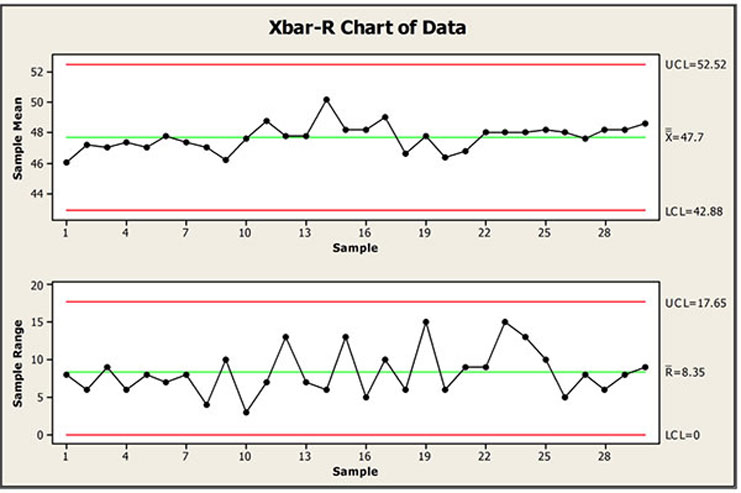


The presence of special cause variation makes the process unpredictable. 18 is under influence of forces that are not normally present in the system. 18, lies above the upper control limit, which indicates that special causes are present in the process. is also called non-random variation or signal.įigure 2 is an example of special cause variation.is caused by phenomena that are not normally present in the system,.is also called random variation or noise.makes the process predictable (within limits),.is caused by phenomena that are always present within the system,.These were later renamed to common cause and special cause variation. Shewhart, who invented the control chart, described two types of variation, chance cause variation and assignable cause variation. The control limits represent the boundaries of the so called common cause variation inherent in the process. Additionally, two lines representing the upper and lower control limits are shown. In contrast to the run chart, the centre line of the control chart represents the (weighted) mean rather than the median. Similar to the run chart, the control charts is a line graph showing a measure (y axis) over time (x axis).
#Xbar and r chart generator generator
However, I suggest that you avoid the chapter on run charts in this book, since it promotes the use of certain run chart rules that have been proven ineffective and even misleading (Anhoej 2015).īefore we start, we will load the qicharts package and lock the random number generator in order to make reproducible data sets for this vignette.įigure 1: I chart showing common cause variation In particular, the sections on rare events T and G control charts and the detailed explanation of prime charts are most helpful. Also, The Healthcare Data Guide (Provost 2011) is very useful and contains a wealth of information on the specific use of control charts in healthcare settings. I highly recommend Montgomery’s Introduction to Statistical Process Control (Montgomery 2009). If not, I suggest that you buy a good, old fashioned book on the subject. I assume that you are already familiar with basic control chart theory. I recommend that you read the vignette on run charts first for a detailed introduction to the most important arguments of the qic() function. The purpose of this vignette is to demonstrate the use of qicharts for creating control charts.


 0 kommentar(er)
0 kommentar(er)
